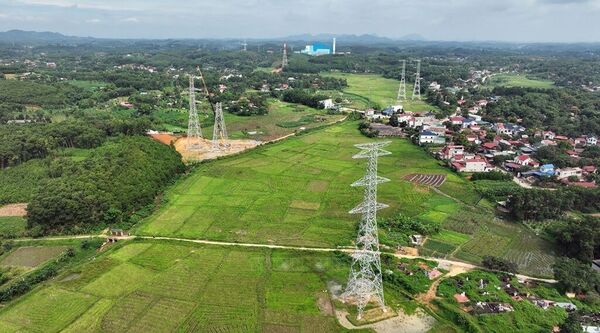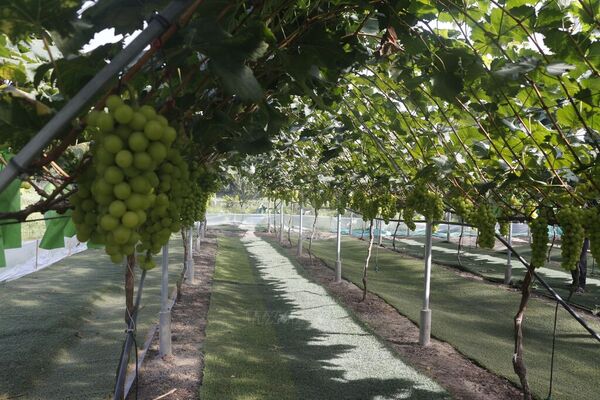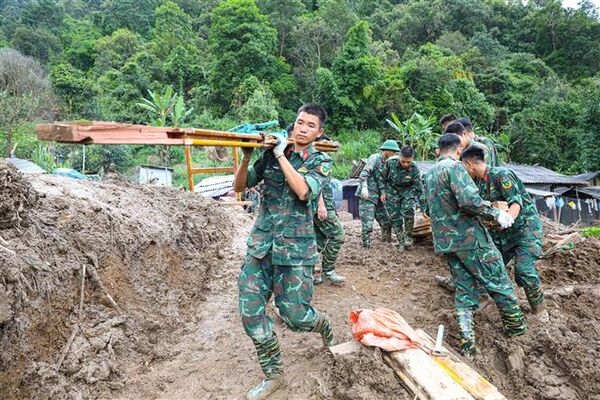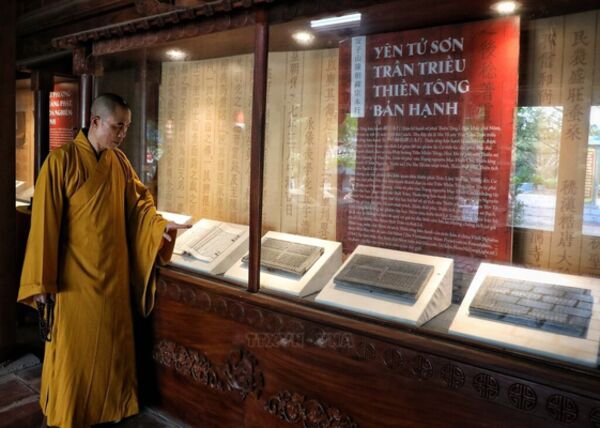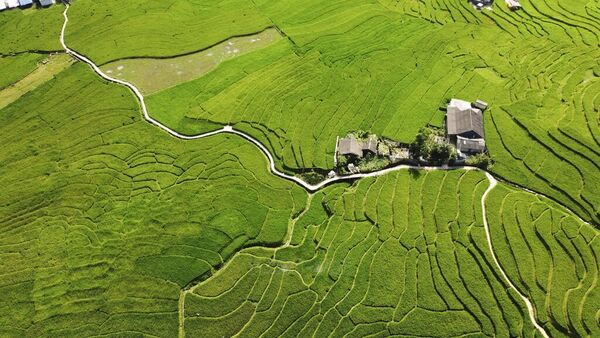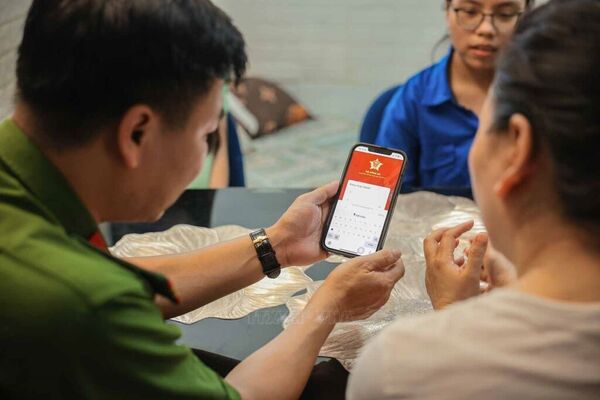
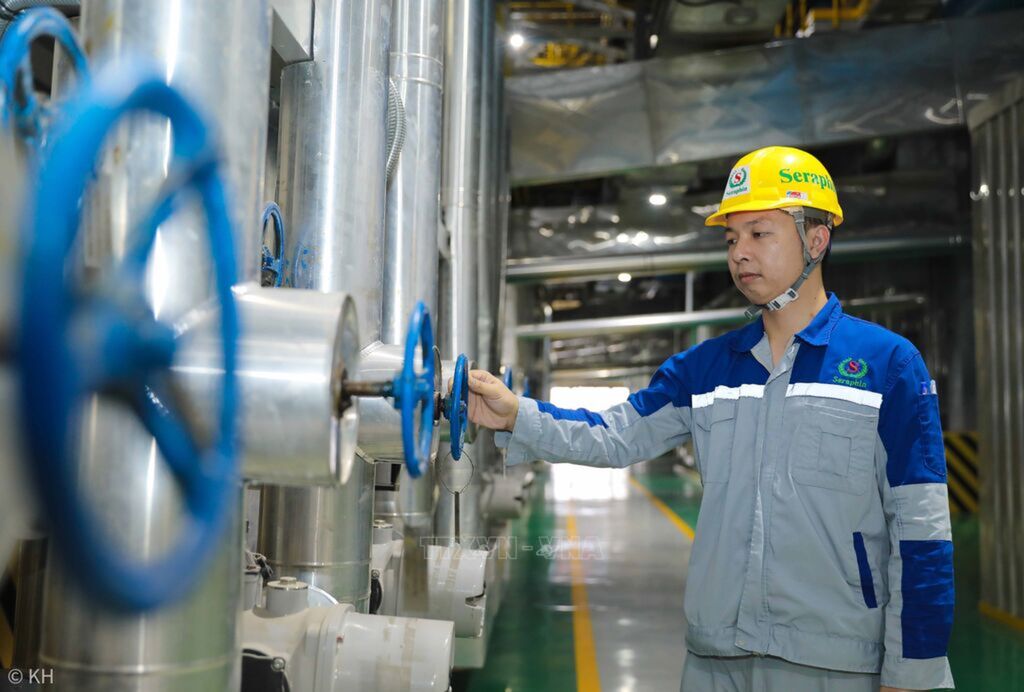
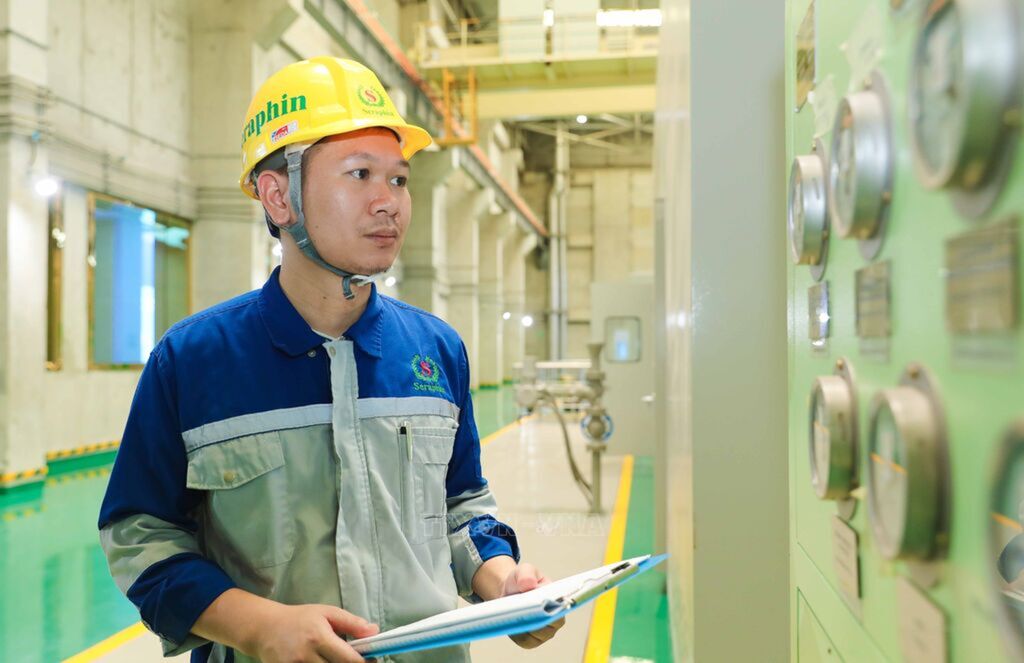
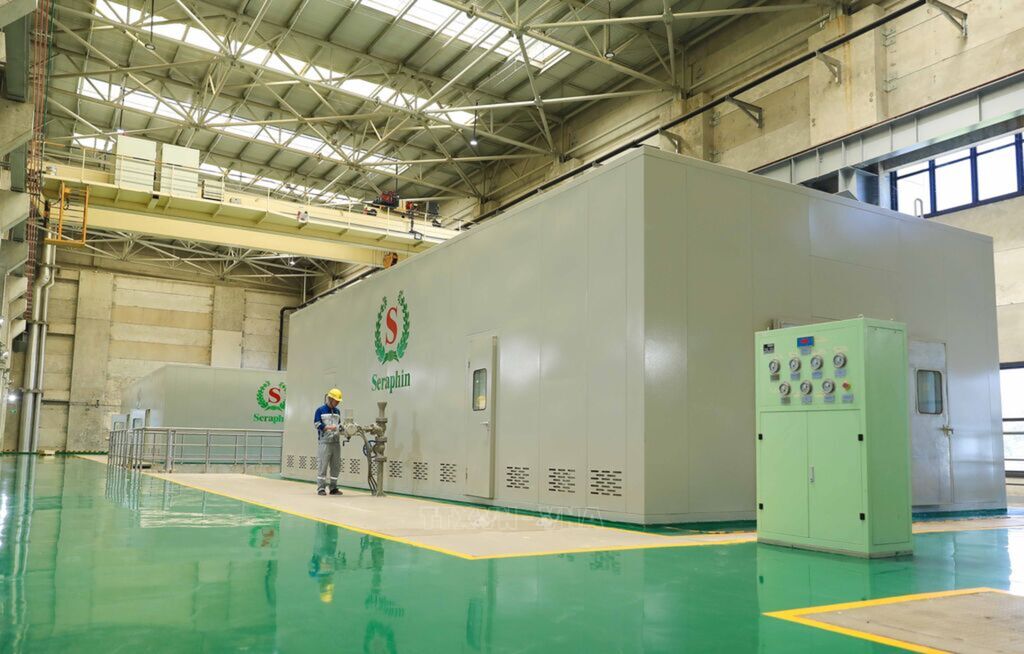
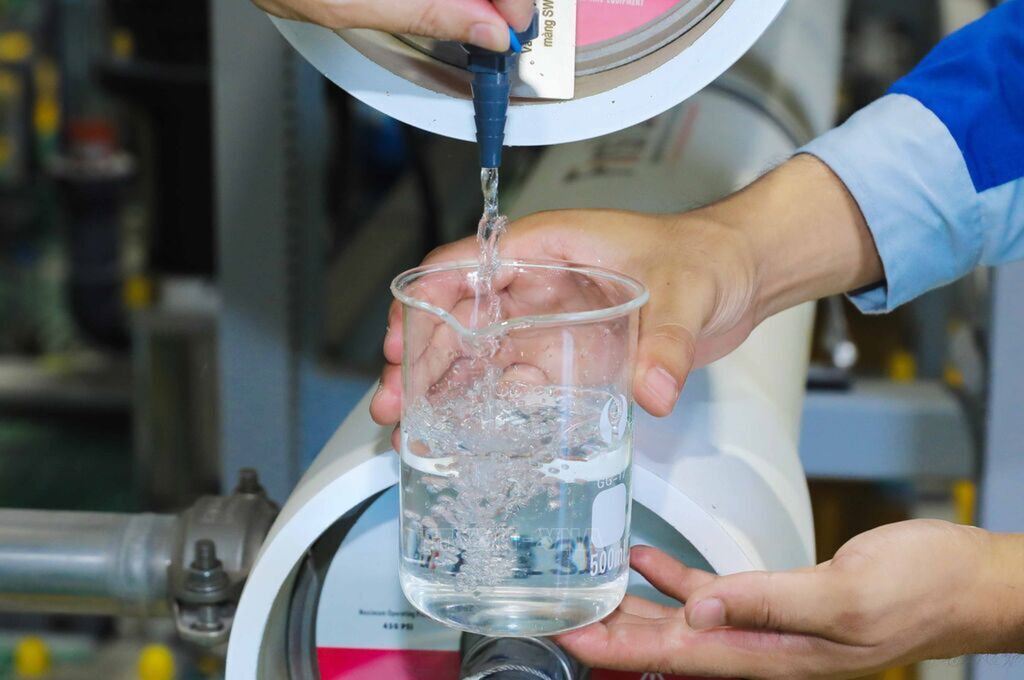
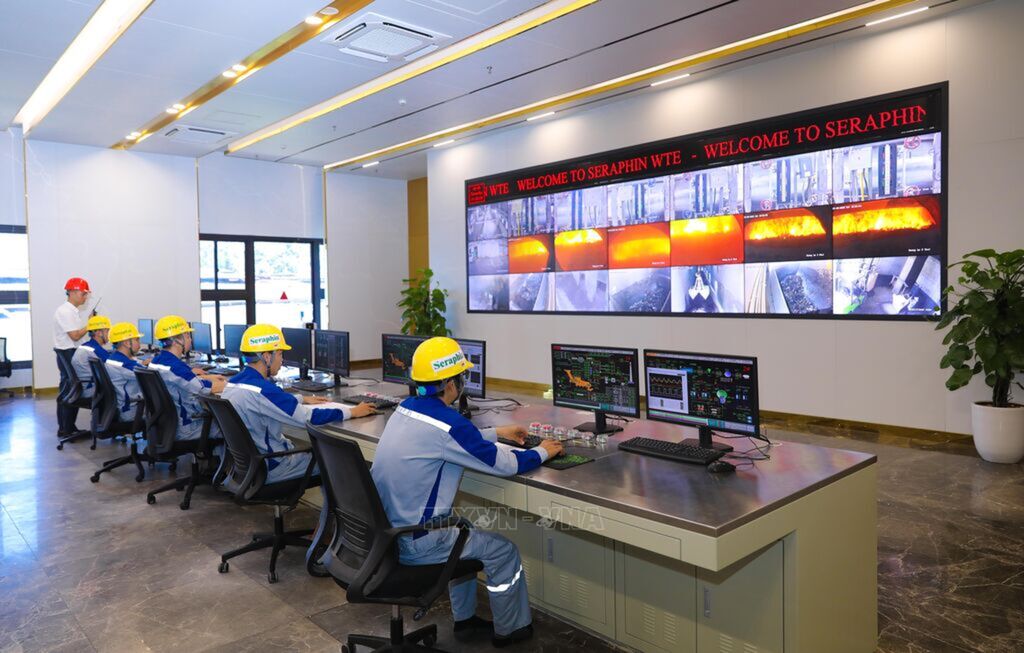
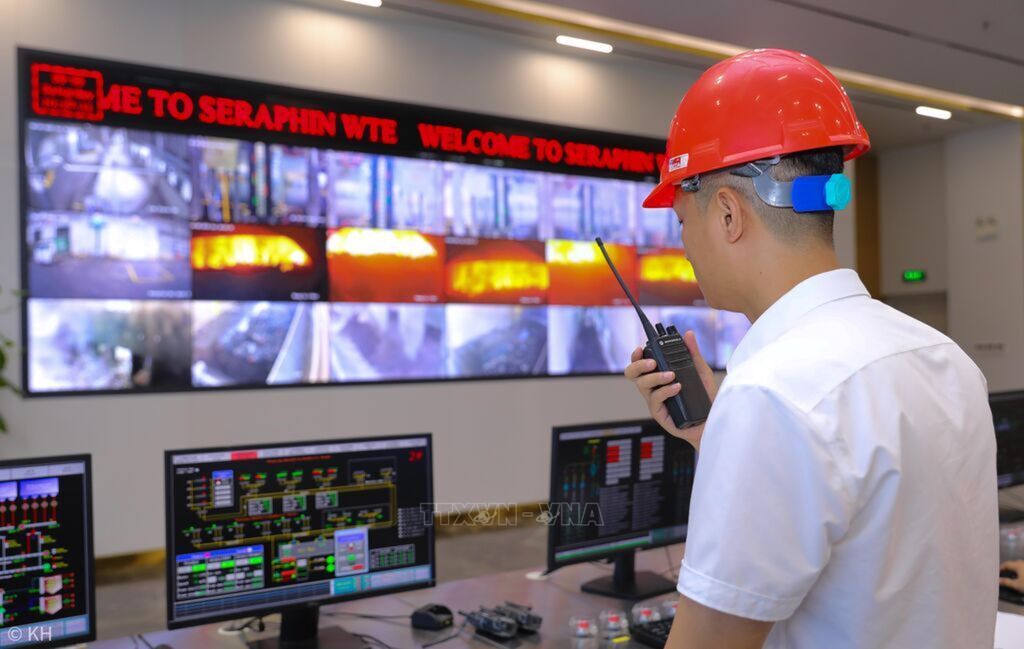
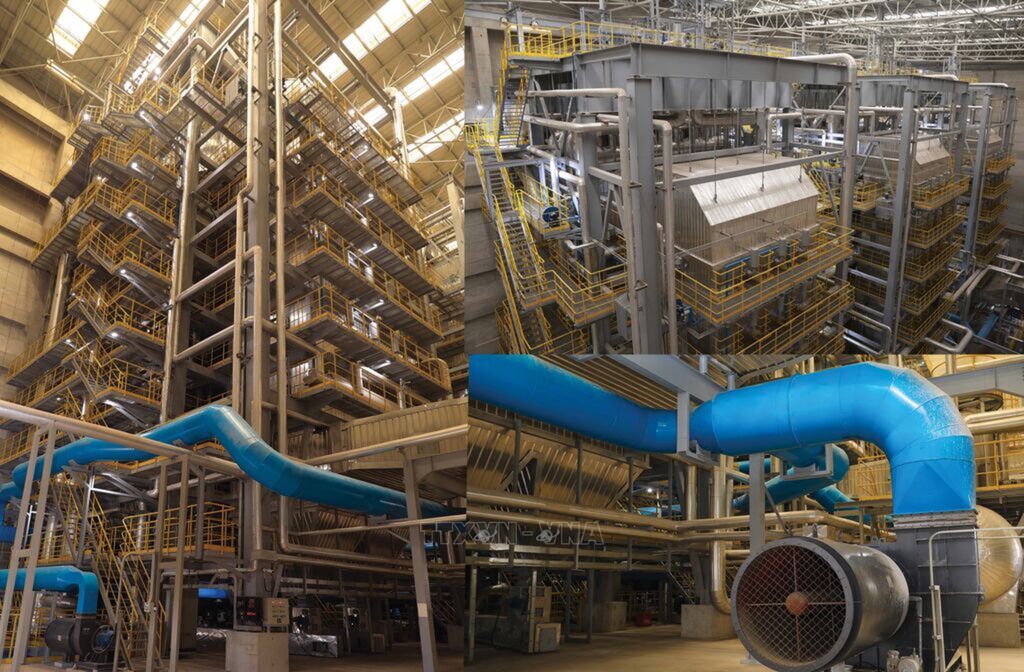
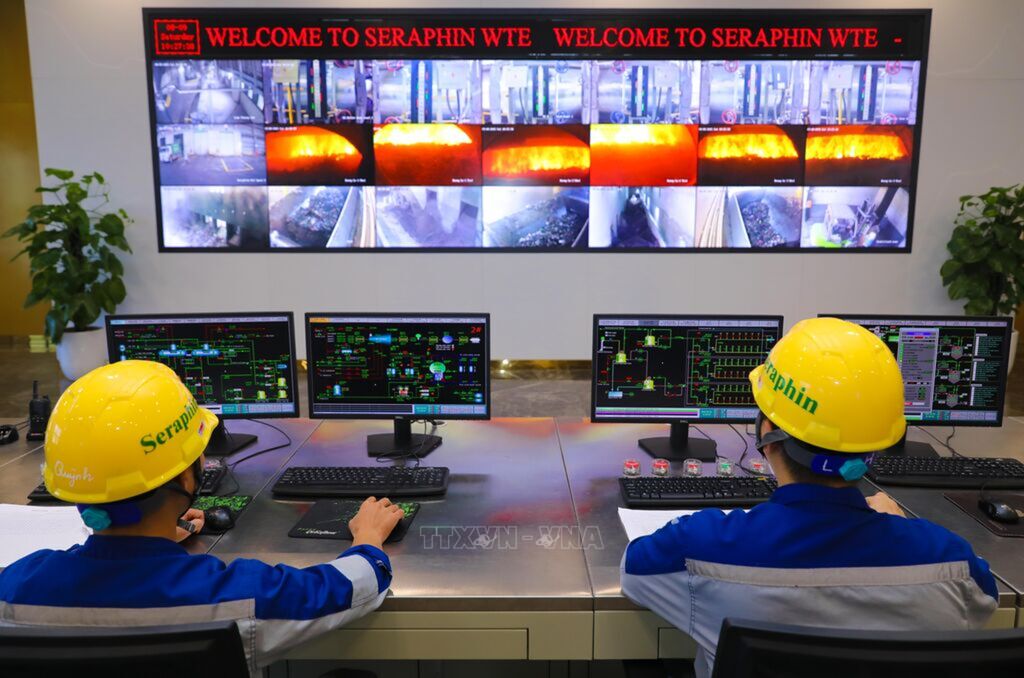
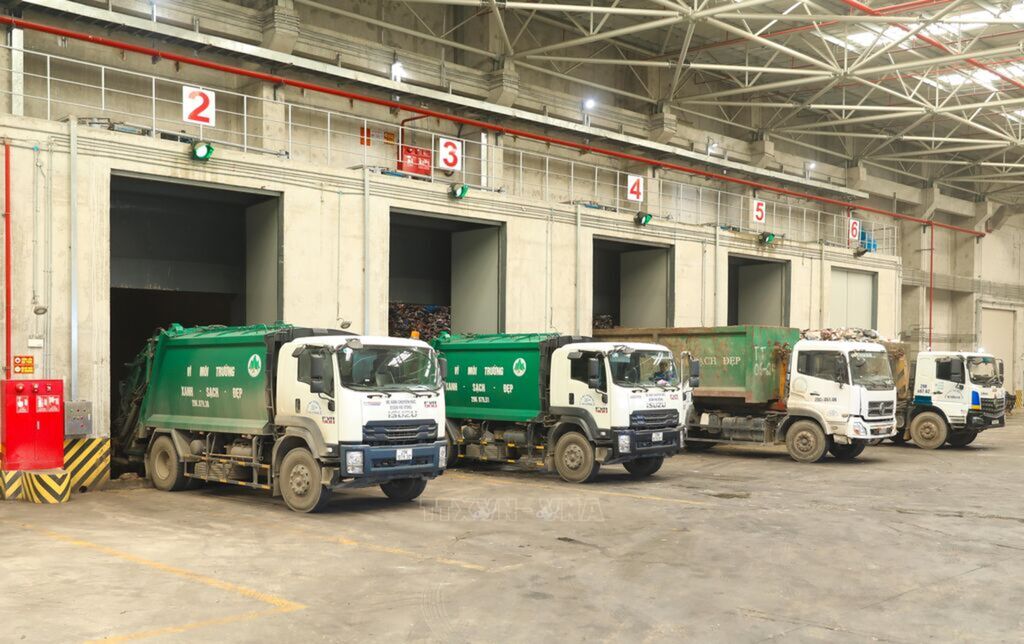
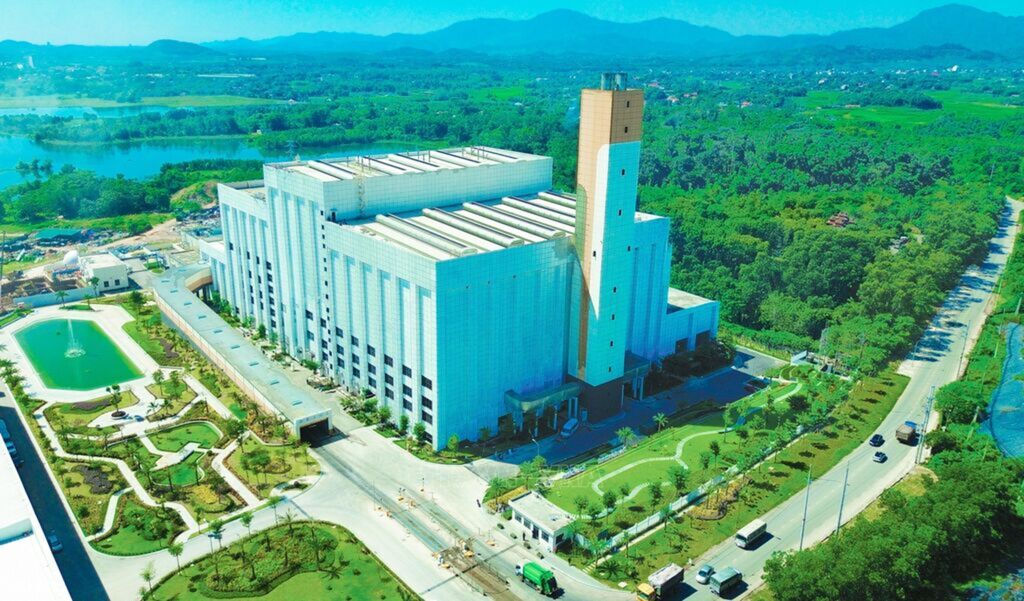
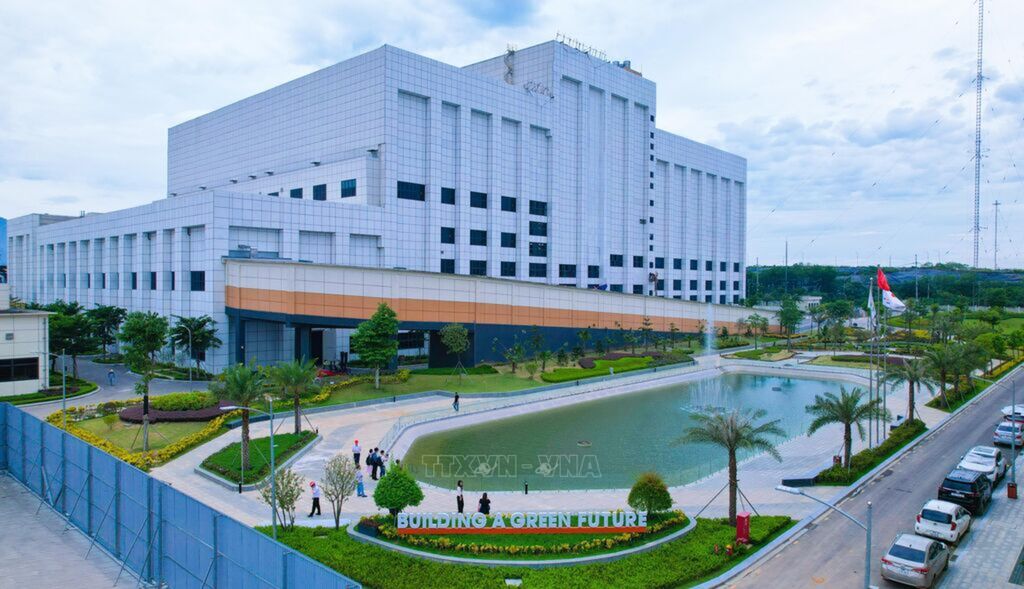
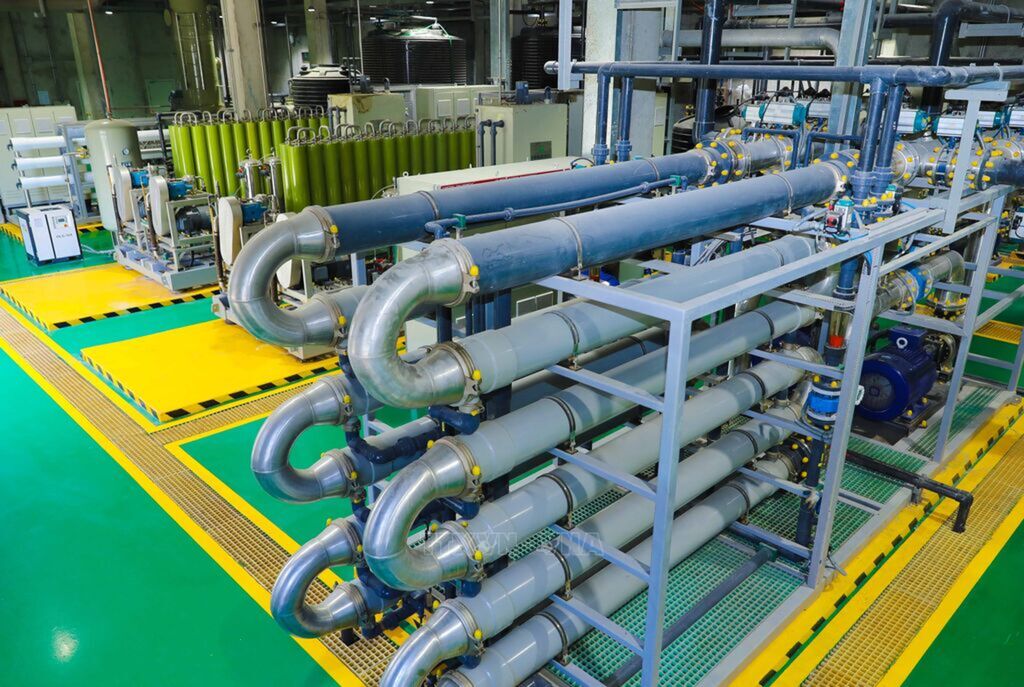












Hanoi’s Seraphin waste-to-energy plant - a new solution to environmental challenges
The Seraphin waste-to-energy plant (AMACCAO Group) in Tung
Thien ward of Hanoi is the second largest in Southeast Asia to apply technology
that converts waste into electricity, with 100% domestic investment. The plant
has been operating its waste reception and treatment process for more than
three months, with a capacity of 2,250 tonnes per day, generating 37 MW/h fed
into the national grid. This marks a significant milestone in the field of
environmental treatment and affirms the capability of Vietnamese enterprises to
be self-reliant and master advanced technology. Photo: Thanh Phuong – VNA
